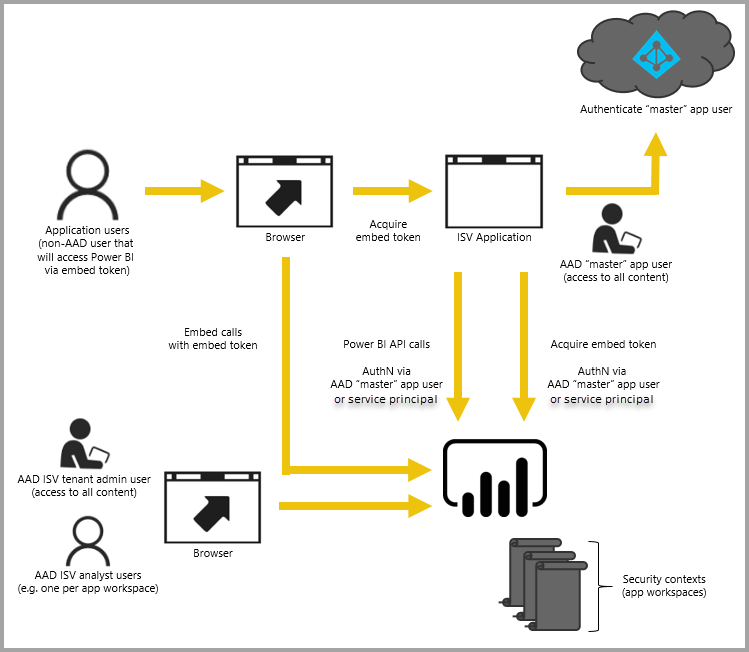Looking back now that we’ve reached the one year anniversary of the Take30, we appreciated the opportunity to share our perspective on a range of Business Intelligence (BI) topics with a wide and diverse audience.
The topics we covered ranged from the strategic and thought provoking, to the deep technical and “how-to” with a consistent focus on how to improve the analytics experience for you and your user community.
Over the course of the year we hosted 28 sessions focused on BI, most were either focused on a specific technology (Amazon QuickSight, IBM Cognos, Microsoft Power BI or Tableau) or a comparison on how these technologies addressed a capability such as Natural Language Query (NLQ), Embedded Analytics or Cloud BI.
Many of our sessions focused on our heritage as the go-to Cognos experts including deep dives into the modern BI features in Cognos Analytics including Data Modules, Data Sets and Explorations. In one of our most highly anticipated (and highly attended) sessions, Rachel Su from IBM Offering Management joined Ironside to lead an overview of Cognos Analytics 11.1.7 – a role she reprised last month for Cognos Analytics 11.2).
In a number of other sessions, we explored Tableau new features, touched on many of the enterprise capabilities of Power BI and introduced Amazon QuickSight to our audience.
Creating a Centralized Metadata Model in Power BI (4/16/20)
In our first session of the Take30 series, we explored the concept of shared datasets in Power BI and offered our point of view that, for many organizations who are maturing their Power BI capabilities, shared datasets mapped well to the “traditional” approaches of centralized (and governed) metadata, yet offered a degree of flexibility for decentralized teams to move at their own pace. (Checkout this Playlist for Power BI)
Cloud BI: A Comparison of Leading Technologies (6/25/20)
As a majority of organizations see Cloud-based analytics as critical to their current and future analytics strategies, we thought it an opportune moment to take our audience through a review of the leading BI tools we work with on a daily basis.
We reviewed the benefits of Cloud BI, including serverless and subscription-based licensing, then provided a comparison of vendors including Microsoft Power BI, Tableau, IBM Cognos and Amazon QuickSight.
Amazon QuickSight – New Features (10/1/20)
While relatively new to the BI marketplace, we were excited to continue our focus on Amazon QuickSight and the significant progress the AWS team is making toward a solid enterprise featureset.
Since that time, the roadmap and feature releases have become even more aligned to the enterprise reporting use case, especially in consideration of the compelling licensing story and scalable serverless architecture on which it is based. (you may also want to check out this intro to QuickSight session Introduction to Amazon QuickSight (5/7/20))
Enterprise Reporting: Assessment, Simplification and Migration (2/18/21)
Lastly, we wanted to address a topic that is of increasing prominence in our day to day conversations with clients – that of enterprise reporting migrations.
In this session, we provided our point of view on the reasons why organizations migrate from their legacy tools, offered perspectives on approaches to migrations and the important pitfalls and lessons learned when considering such an initiative.
We touched on tooling and accelerators we’ve developed to help those who have embarked on this journey reach their destination more quickly.
____
Throughout 2020, the Take30 webinar series gave our BI Experts a new way to connect with our clients and prospects in what was otherwise a challenging year. We confirmed that our participants are not only interested in diving deep into tool functionality, they are looking for guidance in managing multiple BI tools at enterprise scale, and understanding how cloud BI can enhance their analytics capabilities without breaking enterprise reports and functionality which are critical to their business operation.
Looking forward, we are going to explore those and other questions with you as we continue to share our knowledge and provide a mix of content; from the tactical to the strategic, across all the tools we help our clients with on a daily basis.




